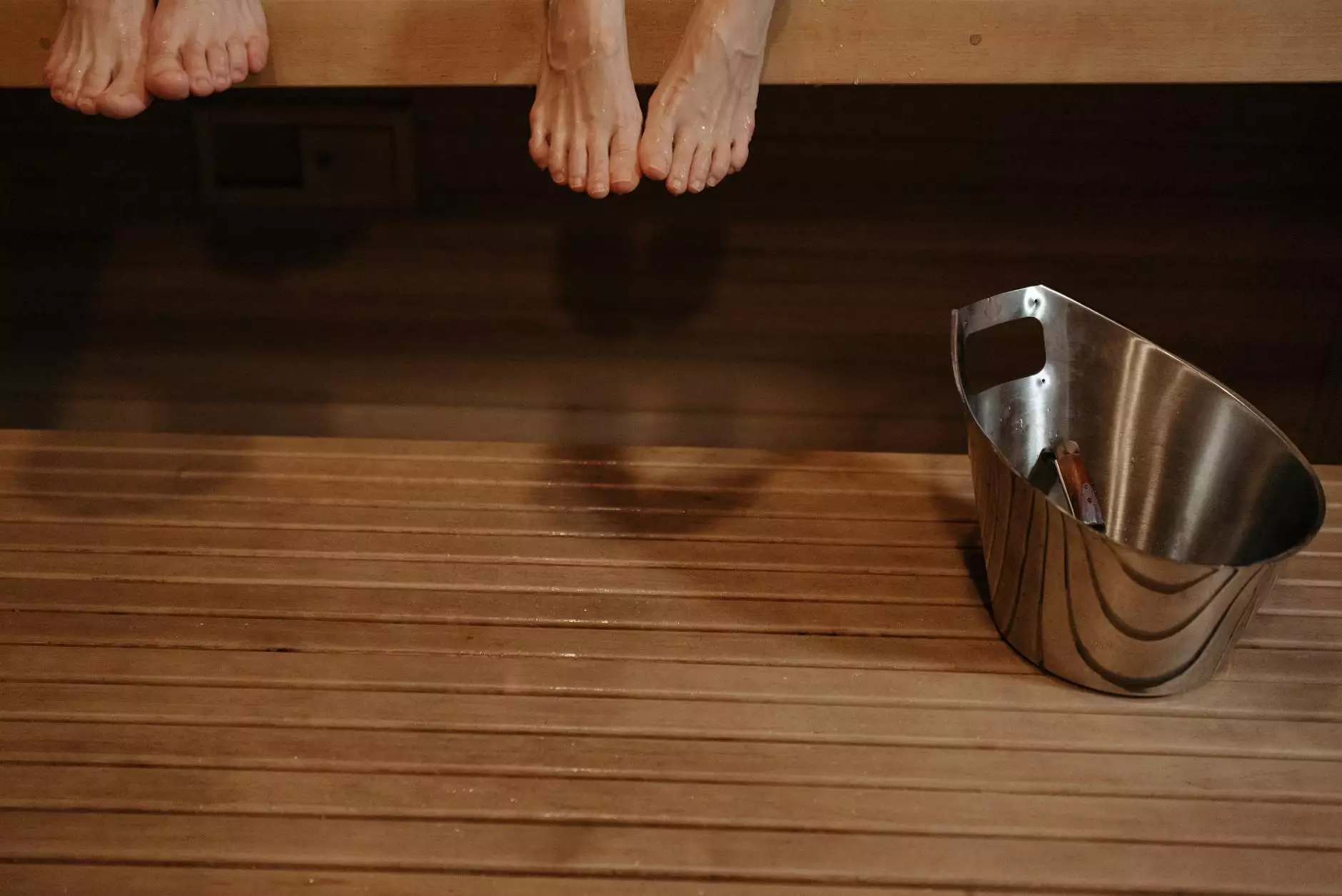Transform Your Oasis: The Ultimate Guide to Pool Refurbishment

When it comes to owning a swimming pool, the allure of relaxation and enjoyment is often accompanied by the responsibility of maintenance. Over time, wear and tear can diminish the aesthetic and functional value of your pool. This is where pool refurbishment comes into play. In this comprehensive guide, we will explore the ins and outs of pool refurbishment, ensuring that your swimming oasis remains a source of joy and relaxation for years to come.
Understanding Pool Refurbishment
Pool refurbishment is not just about cosmetic improvements; it encompasses a wide range of enhancements that can address structural, aesthetic, and functional issues associated with your swimming pool. Whether your pool is showing signs of age, or you're simply looking to update its appearance, refurbishment can revitalize your space.
Why Pool Refurbishment is Essential
- Enhances Aesthetics: A well-maintained pool is visually appealing, adds value to your property, and enhances the overall landscape of your backyard.
- Increases Safety: Refurbishing your pool can help eliminate hazards such as slippery surfaces and exposed edges, providing a safer swimming environment.
- Boosts Functionality: Upgrading filtration systems and heating options can optimize the functionality of your pool, making it easier to maintain and more enjoyable to use.
- Energy Efficiency: Modern upgrades often come with energy-efficient options that reduce your utility bills and environmental footprint.
Signs That Your Pool Needs Refurbishment
Before diving into the refurbishment process, it's essential to recognize the signs that your pool may need some attention. Here are some key indicators:
- Cracks and Chips: Visible damage to the pool's surface can lead to leaks and further deterioration if not addressed promptly.
- Discoloration: Fading or discoloration of tiles, plaster, or surrounding surfaces can make your pool look dated.
- Unpleasant Odors: Persistent odors may indicate bacteria or algae growth, suggesting a need for professional cleaning and refurbishment.
- Outdated Equipment: If your pumps, heaters, or filtration systems are more than a decade old, consider upgrading them for better efficiency.
The Pool Refurbishment Process
Pool refurbishment involves several steps to ensure that your swimming pool is transformed into a beautiful, functional oasis. Let’s break down the process:
1. Initial Assessment
The first step is to conduct an initial assessment of your pool. This includes checking for structural issues, identifying aesthetic needs, and understanding the existing equipment's condition. Hiring a professional pool contractor for a thorough inspection is highly recommended.
2. Planning and Design
Once the assessment is complete, planning and design come next. This phase involves deciding on the scope of work, potential upgrades, and the overall aesthetic changes you wish to implement. Consideration should be given to elements like:
- Type of surface finish (e.g., plaster, tile, aggregate)
- New coping and decking materials
- Installation of water features or lighting
- Integration of energy-efficient systems
3. Demolition and Removal
Should your refurbishment project involve extensive modifications, this phase may include the demolition and removal of old tiles, plaster, or equipment. Proper disposal of materials is crucial for an environmentally responsible refurbishment process.
4. Structural Repairs
Next, focus on structural repairs. This may involve filling cracks, reinforcing walls, or addressing plumbing issues that could affect the pool's integrity. A solid foundation is essential for a successful refurbishment project.
5. Installation of New Features
With structural repairs in place, it's time to install new features. This could include:
- New Pool Surface: Choose a finish that complements your aesthetic vision and enhances durability.
- Upgraded Filtration System: Ensure crystal-clear water with modern, energy-efficient filtration options.
- Lighting Solutions: Install LED lights to create a stunning nighttime atmosphere.
- Water Heating Systems: Upgrade to an energy-efficient heater that can extend your swimming season.
6. Final Touches
The refurbishment process concludes with final touches. This includes cleaning, testing water chemistry, and ensuring all equipment is functioning correctly. The last step is landscaping around the pool area to create a cohesive, inviting space.
Choosing the Right Materials for Your Pool Refurbishment
The selection of materials for your pool refurbishment is crucial for both aesthetics and longevity. Consider the following options:
Pool Surfaces
There are three popular choices for pool surfaces that blend beauty and function:
- Plaster: Traditional and economical but may require more upkeep.
- Tile: Elegant and durable, tiles are easy to clean and can be very stylish.
- Aggregate: Offers a unique texture and is less prone to staining and algae growth.
Pool Decking
For the decking around your pool, consider materials like:
- Concrete: Versatile and customizable, concrete can be stamped or stained to enhance visual appeal.
- Natural Stone: While more expensive, stone adds a luxurious touch and is extremely durable.
- Pavers: Available in multiple styles, pavers allow for easy repairs and replacement.
Water Heater Installation and Repair for Pools
A crucial component of pool refurbishment is the water heater installation and repair. A functional heating system allows you to enjoy your swimming pool year-round, regardless of the season.
Choosing the Right Water Heater
When considering a new water heater, evaluate options such as:
- Gas Heaters: Quick to heat water, making them great for spas and smaller pools.
- Electric Heaters: Generally energy-efficient and suitable for moderate climates.
- Heat Pumps: Energy-efficient options for larger pools; they extract heat from the air and transfer it to the water.
Signs Your Water Heater Needs Repair
If you already have a system in place, watch for these signs that it may need repair:
- Inconsistent water temperatures
- Unusual noises occurring during operation
- Leaks or moisture around the heater
- Increased energy bills without an increase in usage
Hiring a Professional for Your Pool Refurbishment
While some pool refurbishment steps can be DIY, hiring a professional is essential for more complex tasks. Here are the benefits:
- Expertise: Professionals have the knowledge and experience to tackle challenging aspects of refurbishment.
- Time-Saving: They can complete the job more quickly and efficiently than the average homeowner.
- Warranty and Guarantees: Many licensed contractors offer warranties on their work, providing you peace of mind.
Conclusion: Refresh Your Pool with Refurbishment
Investing in pool refurbishment is not just about enhancing the appearance of your pool; it’s about creating a safe, enjoyable environment for you, your family, and your friends. By understanding the refurbishment process, recognizing the signs that it’s time for an upgrade, and making informed choices about materials and features, you can transform your pool into a stunning oasis that enhances your home.
Remember, regular maintenance and timely refurbishment not only extend the lifespan of your swimming pool but also ensure that your swimming experience remains enjoyable and safe. Whether you choose to embark on this journey alone or with the help of professionals, the rewards of a revitalized swimming pool are immeasurable. Start planning your pool refurbishment project today, and turn your backyard into a summer paradise!









